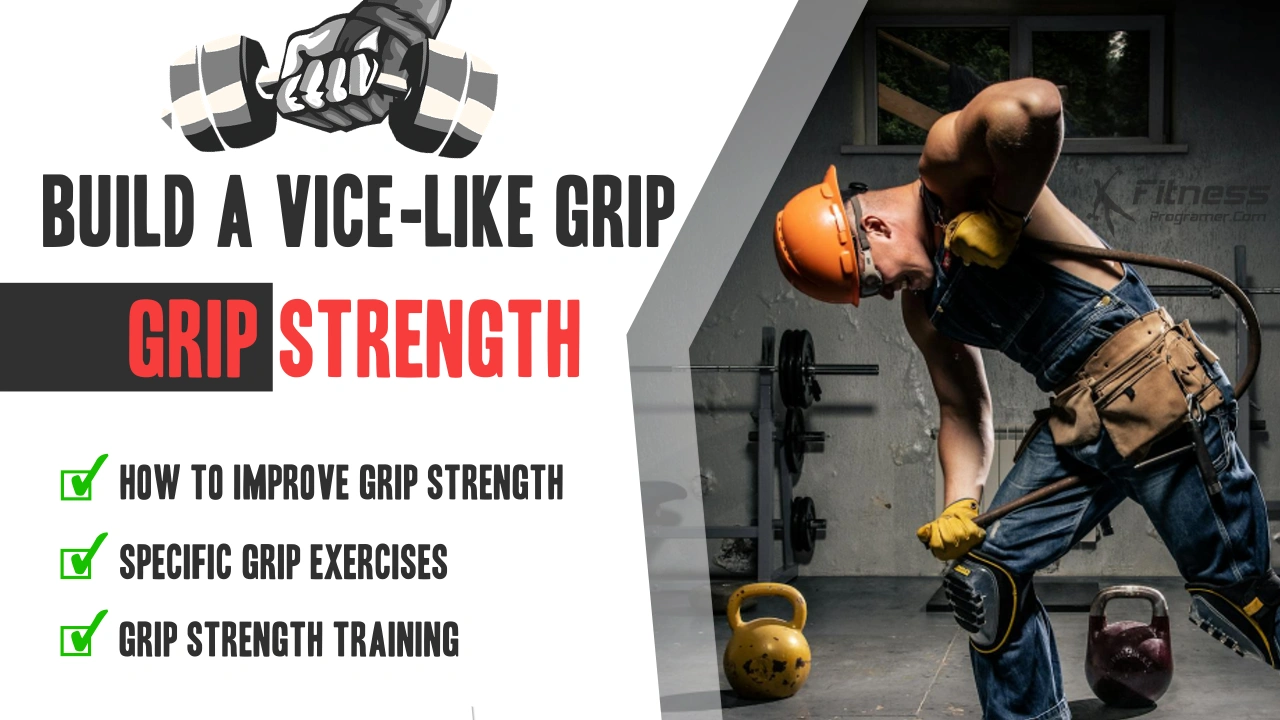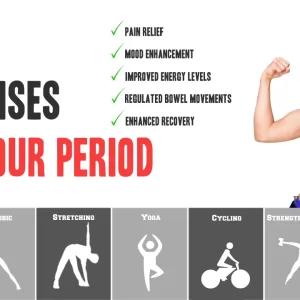Contents
Grip strength is more than just a measure of how tightly you can squeeze a handgrip. It’s a vital indicator of muscular strength, neurological health, and functional capacity. Whether you’re lifting weights, opening jars, or carrying groceries, your grip plays a key role in everyday life and athletic performance.
More importantly, research links grip strength to overall health outcomes, including cardiovascular health, mobility in older adults, and even longevity. In this article, we’ll explore what grip strength is, why it matters, and how you can improve it.
What Is Grip Strength?
Grip strength is the amount of force your hand and forearm muscles can exert when gripping an object. It’s typically measured using a handgrip dynamometer and assessed in pounds or kilograms of force.
Grip strength consists of several components:
- Crush Grip – Closing your hand against resistance (e.g., grippers).
- Support Grip – Holding a heavy object for time (e.g., farmer’s carries).
- Pinch Grip – Squeezing flat surfaces together (e.g., weight plates).
- Wrist Strength – Includes flexion, extension, and rotation.
- Finger Strength – Especially important for climbers, grapplers, and lifters.
Grip strength is powered by the forearm flexors and extensors, supported by the muscles of the hand and wrist. But don’t be fooled—your shoulders, back, and even core contribute to powerful grip performance.
Why Is Grip Strength Important?
1. Foundation of Functional Strength
Grip strength affects nearly every compound movement in training:
- Pull-ups
- Deadlifts
- Rows
- Kettlebell swings
- Barbell holds
If your grip fails, your ability to perform these movements—and progress—suffers.
2. Indicator of Overall Muscular Health
Numerous studies have found that grip strength correlates with total-body strength, particularly in older populations and rehabilitation settings.
According to the Journal of Gerontology, handgrip strength is a reliable predictor of mobility limitations, disability, and mortality in older adults (Rantanen et al., 1999).
According to a comprehensive 2024 review published in the Journal of Health, Population and Nutrition, your hand grip strength (HGS) might be a powerful predictor of your health—and not just your muscle function. This simple measurement has been linked to everything from diabetes and heart disease to depression, cancer, and even early mortality.
4. Enhances Performance in Sports and Lifting
From wrestling to climbing to CrossFit, grip strength enables athletes to hold implements, control their body weight, and reduce injury risk under high tension.
5. Supports Daily Function
Good grip strength helps with:
- Carrying groceries
- Opening jars
- Lifting children or heavy bags
- Performing household tasks safely as you age
How to Test Grip Strength
The gold standard is the handgrip dynamometer:
- Stand or sit with your arm at your side
- Squeeze the handle as hard as possible for 3–5 seconds
- Test both hands; record best of 2–3 trials
Normal grip strength benchmarks (adults):
| Age Group | Men (kg) | Women (kg) |
| 20–39 | 44–50 | 28–32 |
| 40–59 | 40–46 | 25–29 |
| 60+ | 34–40 | 20–24 |
Values may vary by population, height, and hand size
Calculate Your Grip Strength
Grip Strength Calculator
ACSM’s Guidelines for Exercise Testing and Prescription.
How to Improve Grip Strength
1. Specific Grip Exercises
- Hand grippers
- Wrist curls and reverse curls
- Plate pinches
- Towel hangs or pull-ups
- Fat grip dumbbell holds
- Dead Hang
- Tire sledge hammer
- Legless rope climb
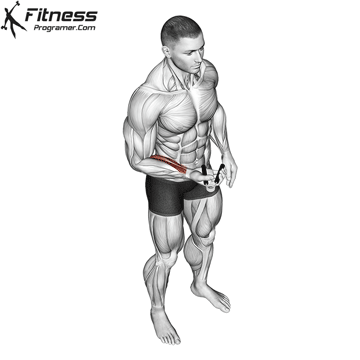
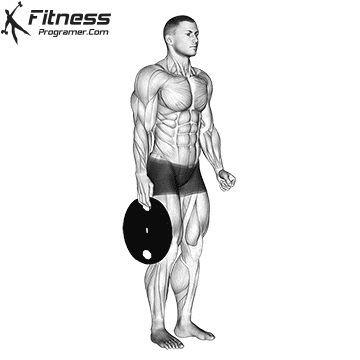
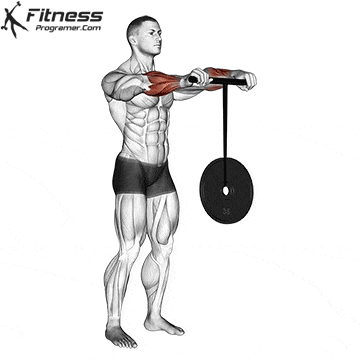
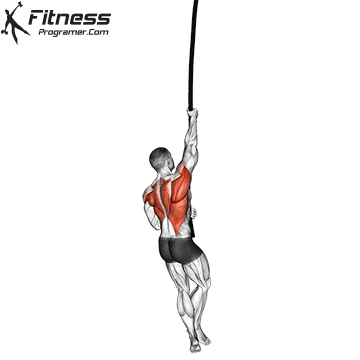
2. Compound Lifts with Grip Demands
- Deadlifts (without straps)
- Farmer’s carries
- Barbell rows
- Trap bar carries
- Log Lift
3. Train Grip Endurance
Advanced grip training:
- Enhances neural drive and muscle fiber recruitment
- Improves isometric endurance
- Develops crushing, pinching, supporting, and wristing strength
- Boosts joint integrity and reduces injury risk in elbows, wrists, and fingers
4. Reduce Reliance on Straps
Use lifting straps only when absolutely necessary—this forces your forearms and hands to carry the load.
Who Should Focus on Grip Strength?
- Strength athletes: powerlifters, strongmen, Olympic lifters
- Endurance athletes: obstacle course racers, rowers, rock climbers
- Older adults: to maintain independence and prevent frailty
- Rehab patients: stroke survivors, arthritis sufferers, post-surgical recovery
- General fitness clients: for longevity and daily function
Sample Grip Strength Training (2x/Week)
Warm-Up:
- Wrist circles
- Open/close hand sprints x 2 sets of 30 seconds
Main Circuit:
- Deadlift Hold (Fat Bar) – 3 sets x 20–30 seconds
- Plate pinches – 3 sets x 10 (right and left)
- Towel Pull-Ups or Rope Climb– 2 sets max reps
- Wrist Roller – 2–3 climbs in each direction
- Gripper Closes – 3 sets x 5 reps (progressive resistance)
Cooldown:
- Finger extensors (rubber band opens)
- Wrist stretching (flexor and extensor)
Pro Tips for Long-Term Grip Gains
- Train consistently but avoid overtraining—tendons need recovery.
- Pair with pulling workouts (back, biceps, strongman days).
- Use chalk to improve friction and reduce skin tears.
- Track time, load, and reps—grip strength improves with progressive overload.
- Balance grip with antagonist (extensor) training to prevent overuse injuries.
Conclusion
Grip strength is a small but mighty component of overall health and fitness. More than just a measure of hand power, it reflects your neuromuscular efficiency, resilience, and even longevity. By training your grip deliberately—through targeted exercises and reduced strap use—you can improve not only your performance in the gym but also your quality of life outside it.
References
- Hand grip strength as a proposed new vital sign of health: a narrative review of evidences. https://pmc.ncbi.nlm.nih.gov/articles/PMC10777545/
- Leong DP, Teo KK, Rangarajan S, et al. Prognostic value of grip strength: findings from the Prospective Urban Rural Epidemiology (PURE) study. Lancet. 2015;386(9990):266–273.
- Rantanen T, et al. Midlife hand grip strength as a predictor of old age disability. JAMA. 1999;281(6):558–560.
- Initial level and rate of change in grip strength predict all-cause mortality in very old adults. DOI:10.1093/ageing/afx087
- Bohannon RW. Grip strength: an indispensable biomarker for older adults. Clin Interv Aging. 2019;14:1681–1691.
- American College of Sports Medicine. ACSM’s Guidelines for Exercise Testing and Prescription, 11th ed.

